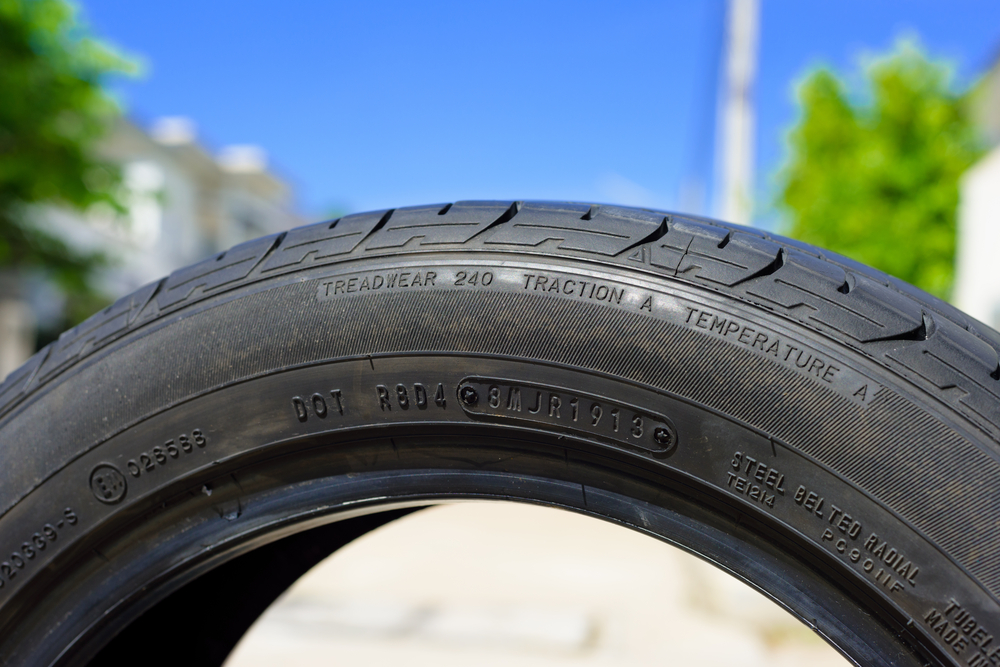When a vehicle’s tires and wheels have reached their prime, drivers would be wise to upgrade, as it could vastly improve their car’s performance as well as improve its overall look. For those who have never bought new tires before, however, that process may seem a bit tricky. Luckily, finding the right tires for a vehicle is far easier than you would think. All it takes is learning to determine a tire’s size if you do not already know it, and you can do that by reading the size right off the tire.
To discover your current tires’ size, you have to learn to read the series of numbers on the tire’s sidewall that circles the wheel since these numbers indicate tire size. Regular sedan tires are typically written in metrics while bigger truck tires may be in either standard or metric size.
Prefix/Tire Width
The numbers may, for example, look like this: P245/40ZR18. The first letter in this sequence, in this case “P,” determines the type of vehicle the tire is designed for, with “P” standing for passenger car. The letter could also be “T” for temporary spare, “LT” for light truck, or “ST” for trailer. The first set of numbers, in this case 245, is the tire’s total width in millimeters when it is mounted on the proper width rim.
Aspect Ratio
The second set of numbers, in this case 40, is the tire’s aspect ratio, which specifies the length from the wheel’s rim to the outer end of the tire’s tread. This measurement isn’t written as an absolute number—the aspect ratio number is a proportion of the tire’s width to make it simpler to compare different-sized tires. In this case, a 40-series tire is 40 percent as tall as it is wide. A 70-series tire would be 70 percent as tall as it was wide.
Speed Rating/Construction
The speed rating, indicated in this case by “Z,” is often shown elsewhere on the tire’s sidewall. Only Z-rated tires, which is the highest rating, set the speed rating inside the tire size label. The next letter in the sequence, “R,” indicates construction. “R” stands for radial-ply tire, but this letter could also be a “D,” which means diagonal-ply tire. The diagonal ply-tire, an older model, is also called a bias-ply tire, and it is only used on trailers or trucks these days.
Rim Diameter
The last number in the sequence, in this case 18, refers to the diameter of the rim, or the outer edge of the wheel, measured in inches. This can be confusing since the tire’s width is measured in millimeters and not inches. Some special purpose tires use the metric system, but standard-sized tires (for large trucks and trailers, not passenger vehicles) use inches. For example, standard-sized tires that read 33 x 12.5 R15 translate to 33 inches in diameter (tall), 12.5 inches in width, and it will fit on a 15-inch wheel.
Your vehicle’s manufacturing label should have a recommendation for tires, which can be found in the vehicle’s door jam. If you go beyond that size, it will throw off your gearing as well as slow your acceleration and change the car’s speedometer reading. Often, tire shops have a maximum tire/wheel size for your specific vehicle that can fit without rubbing. However, it is always in your best interests to check more than one source and be able to read the size for yourself.
Think you or someone you know is in need of Behind the Wheel Training? Training Wheels is a Linwood driving school specializing in teaching new teen drivers how to stay safe on the road. For more information on our lessons, please click here.
Photo via Nor Gal / Shutterstock

